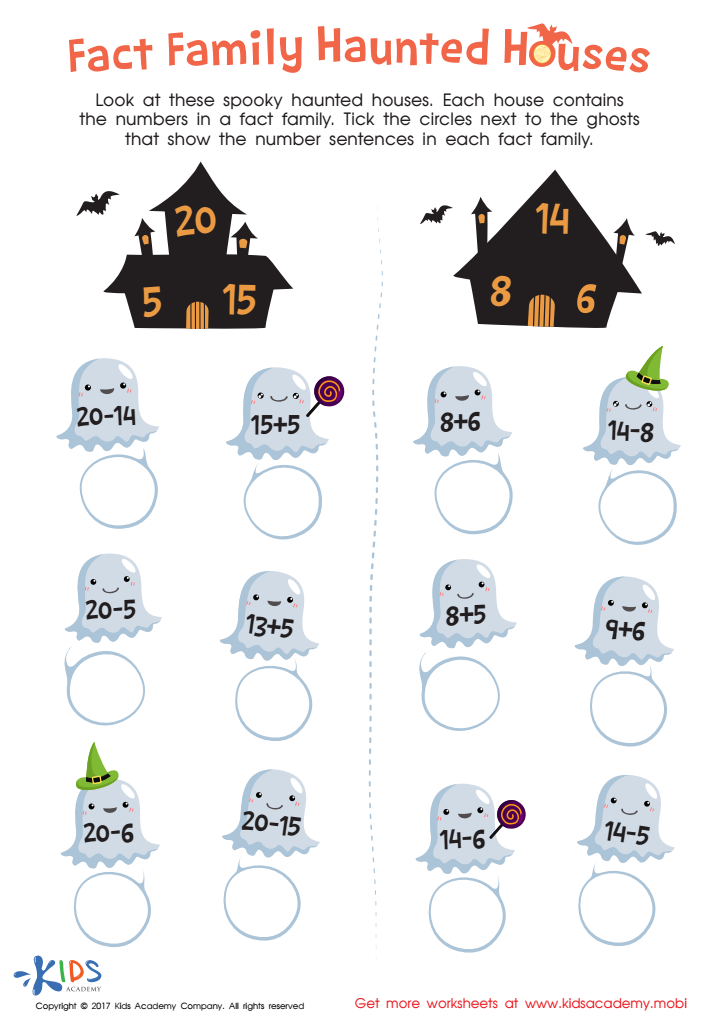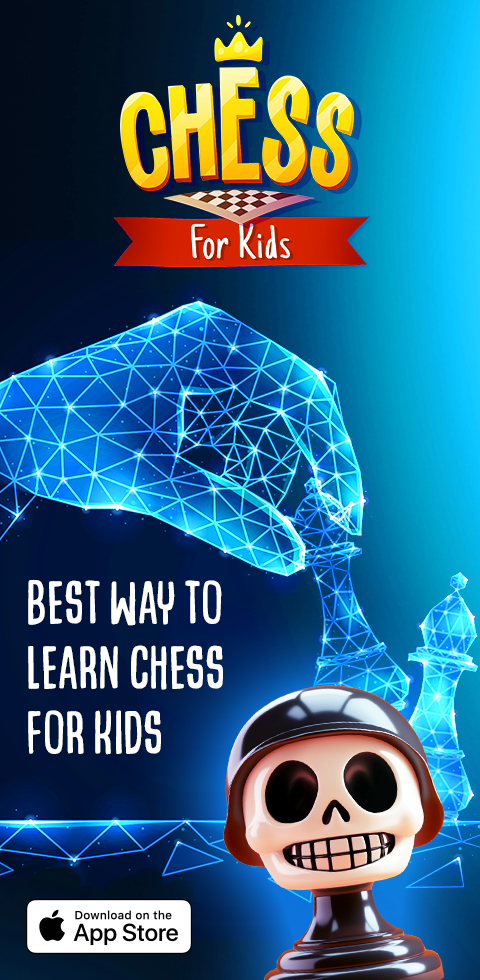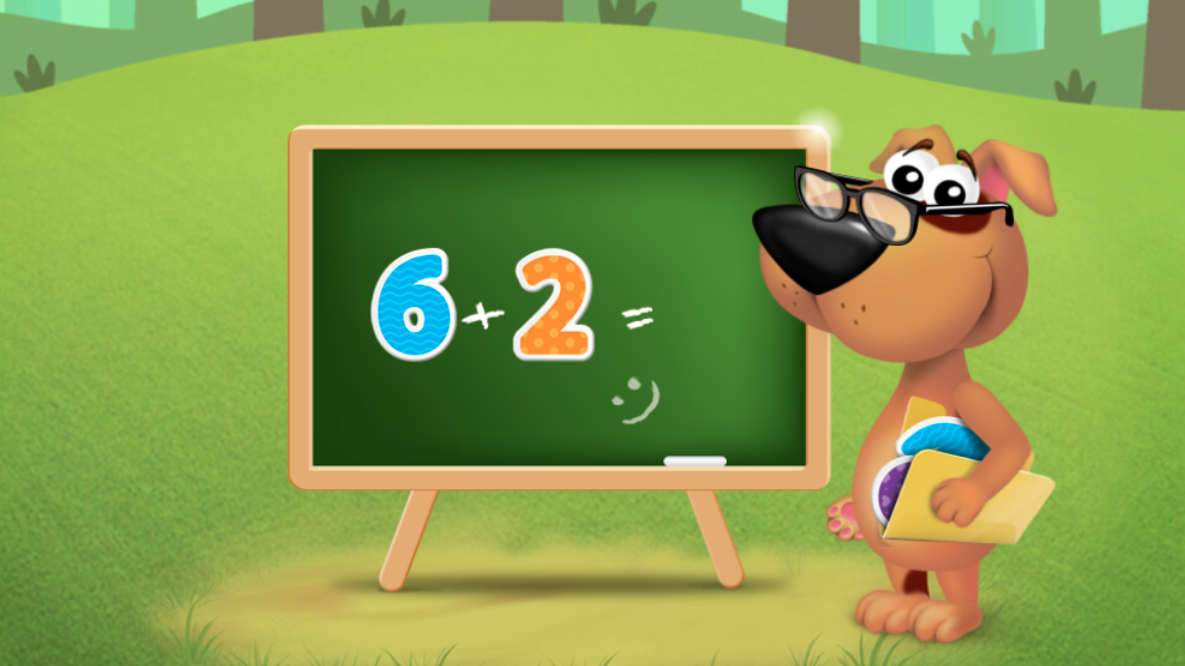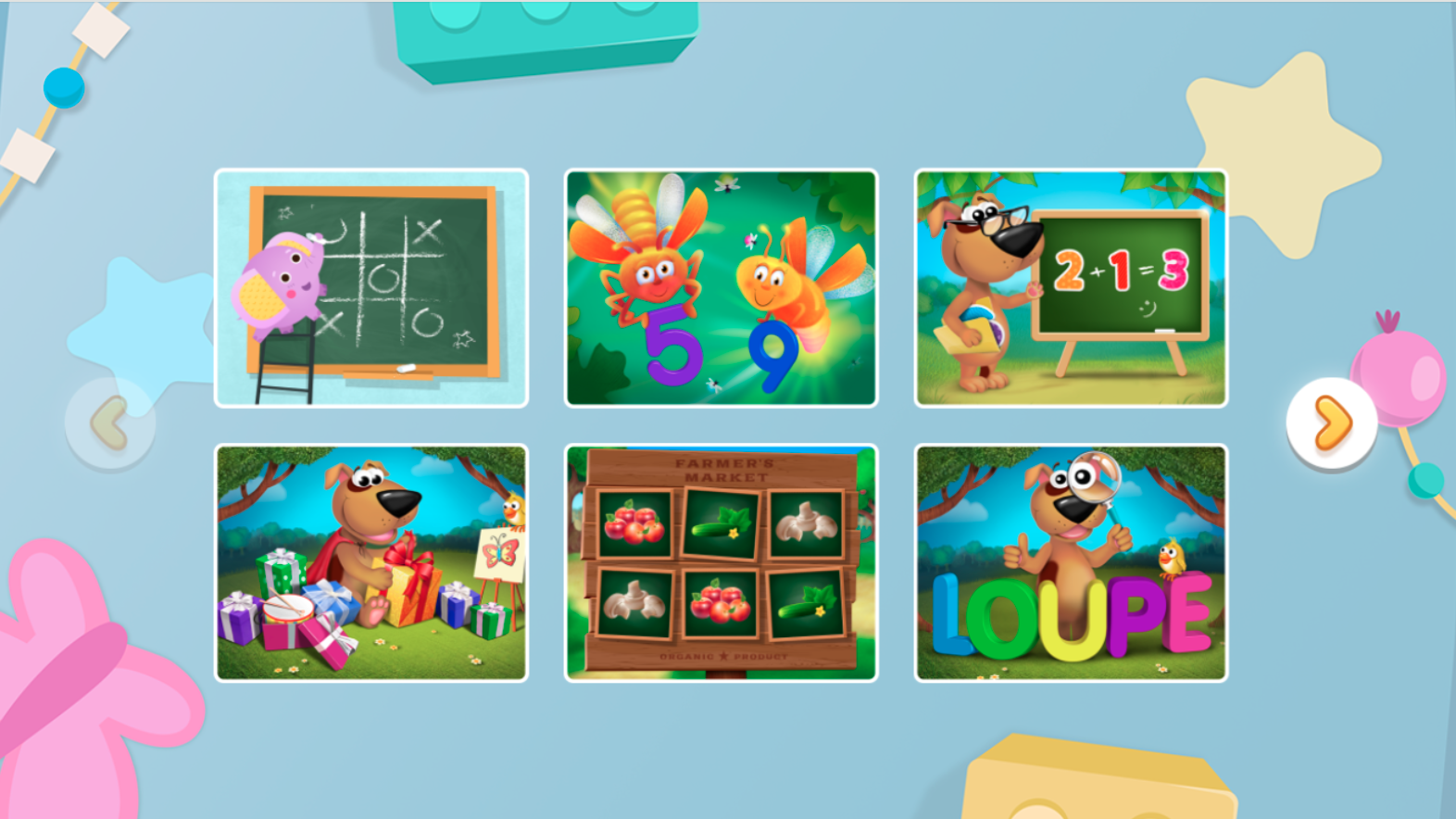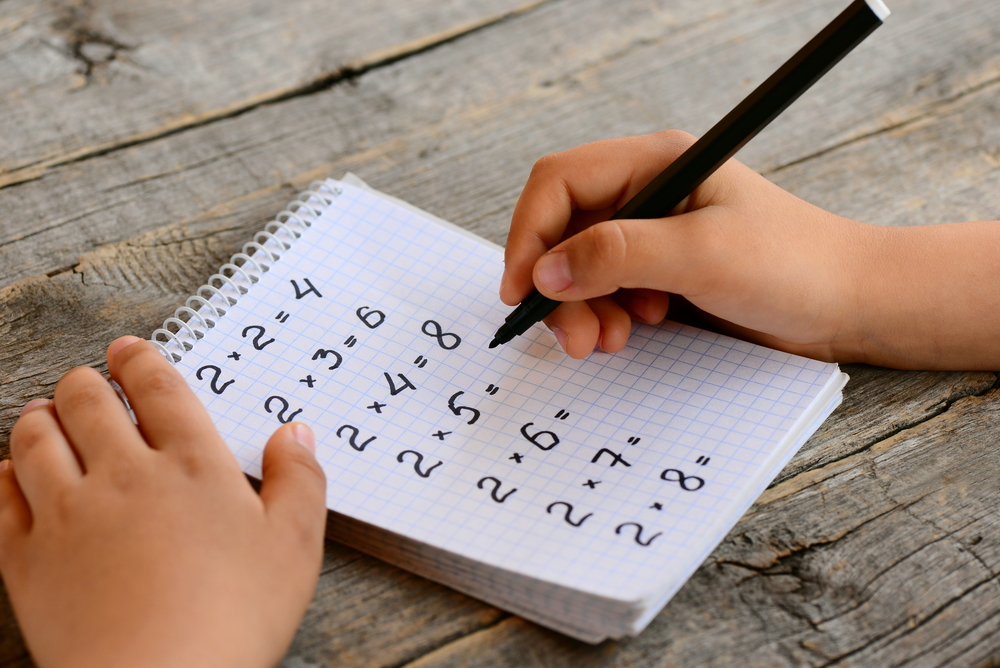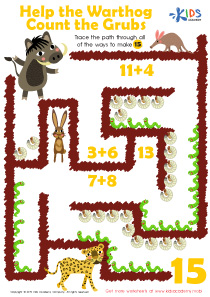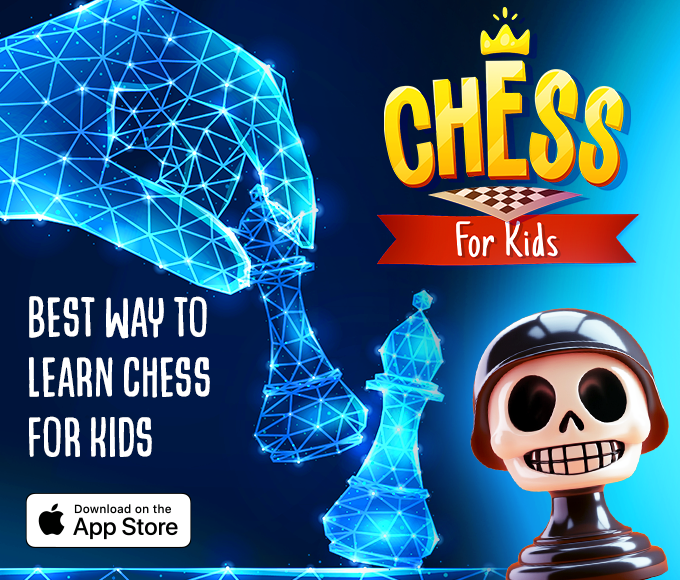Normal Subtraction Worksheets for Ages 7-9
28 filtered results
-
From - To
Welcome to our comprehensive collection of Normal Subtraction Worksheets designed specifically for children aged 7 to 9! Our engaging and educational worksheets provide a variety of subtraction problems that help reinforce key math skills in a fun and interactive way. Each worksheet is thoughtfully created to enhance critical thinking and boost confidence in young learners. With clear instructions and appealing visuals, kids can practice single-digit and multi-digit subtraction at their own pace. Whether used in the classroom or at home, our subtraction worksheets are a valuable resource for nurturing a solid mathematical foundation. Explore and watch your child's skills grow!
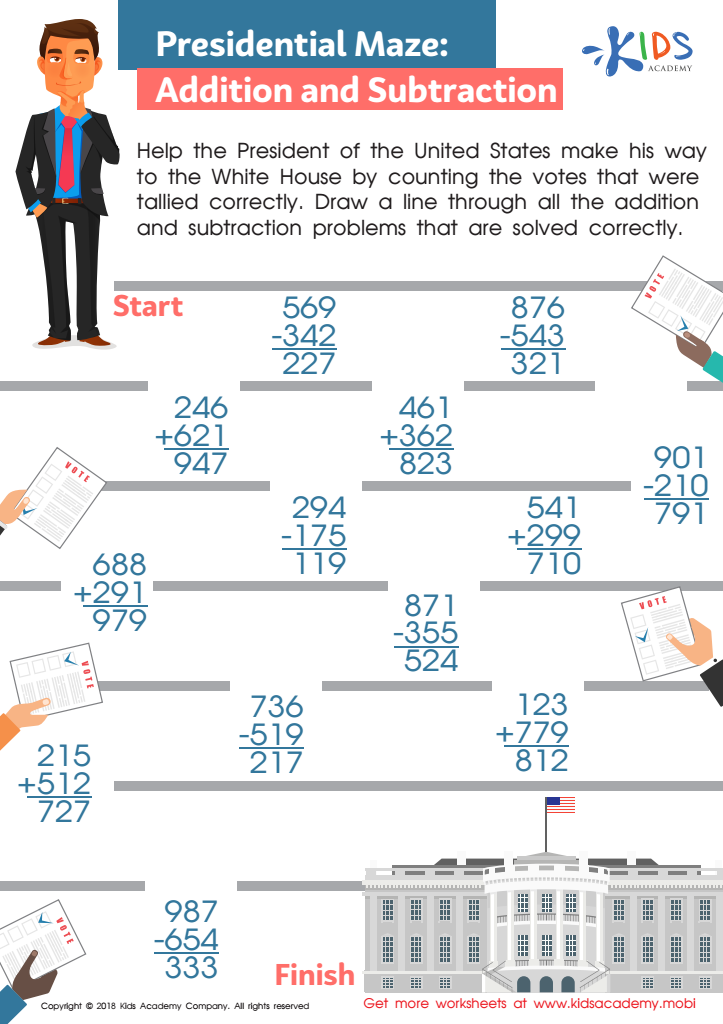

Presidential Maze: Addition and Subtraction Worksheet
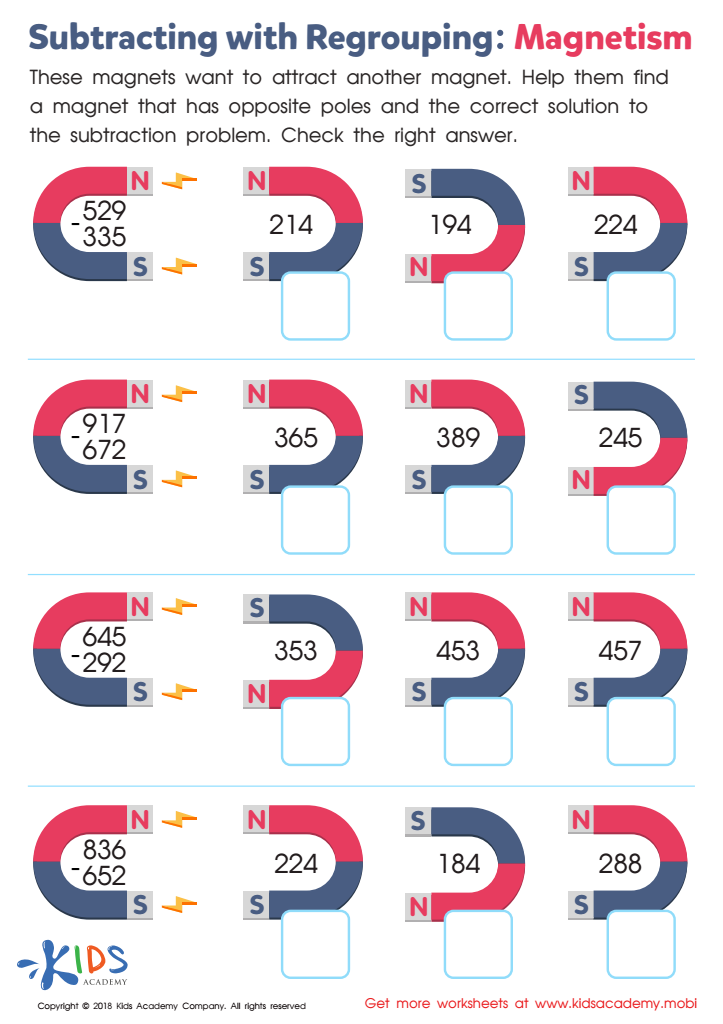

Subtracting with Regrouping: Magnetism Worksheet
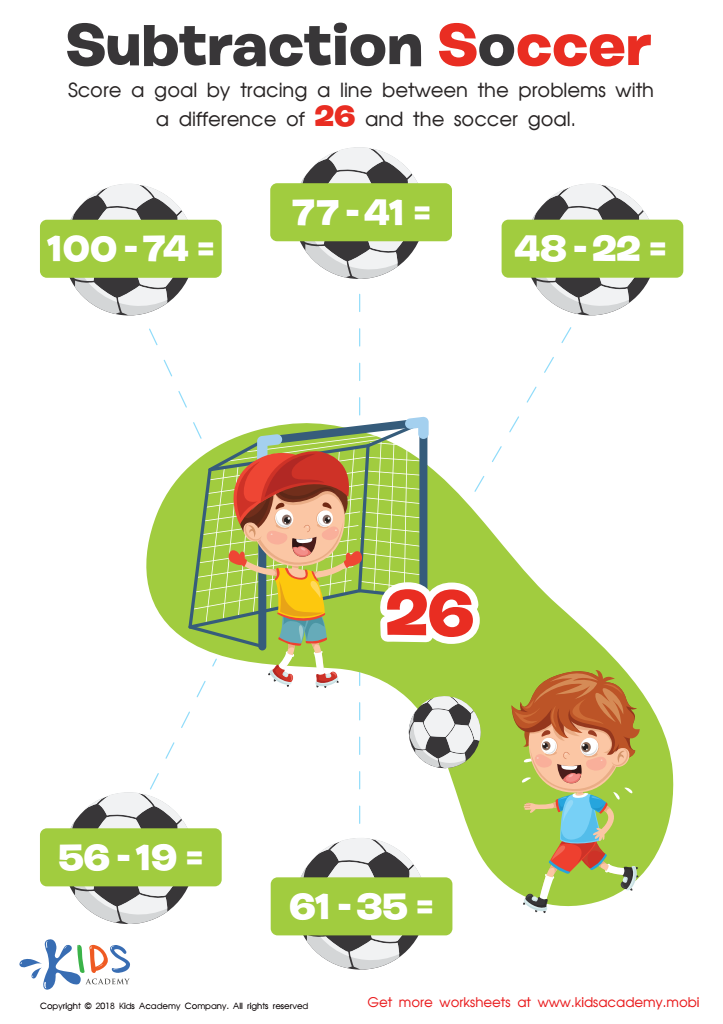

Subtraction Soccer Worksheet
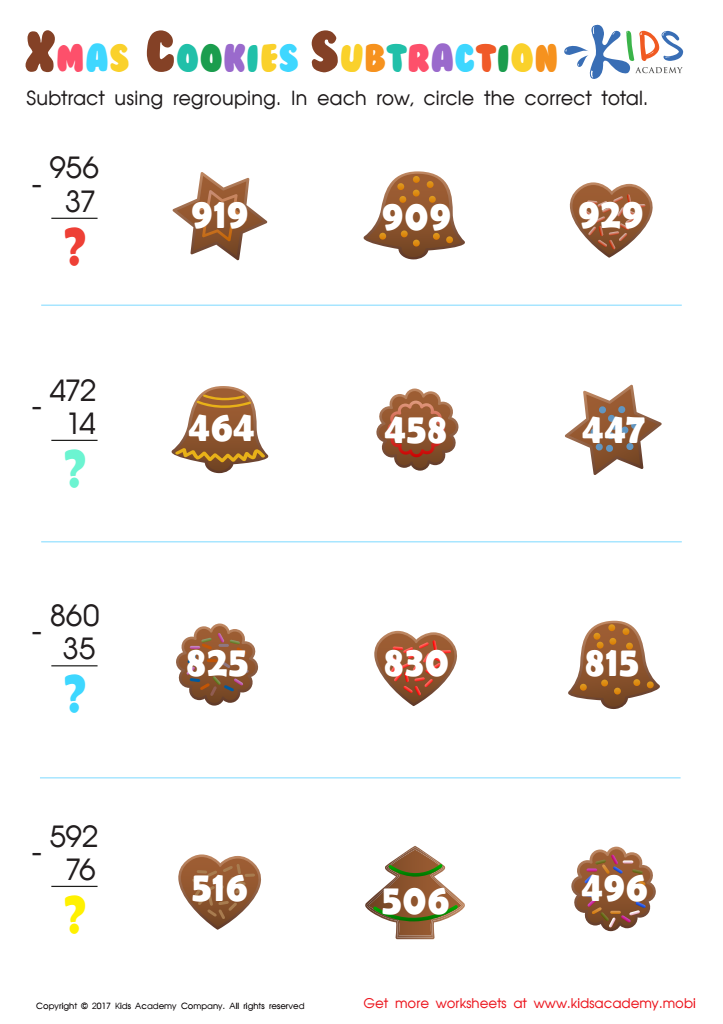

Three Digits Addition with Regrouping Worksheet


Subtracting Numbers: Growing Plants Worksheet
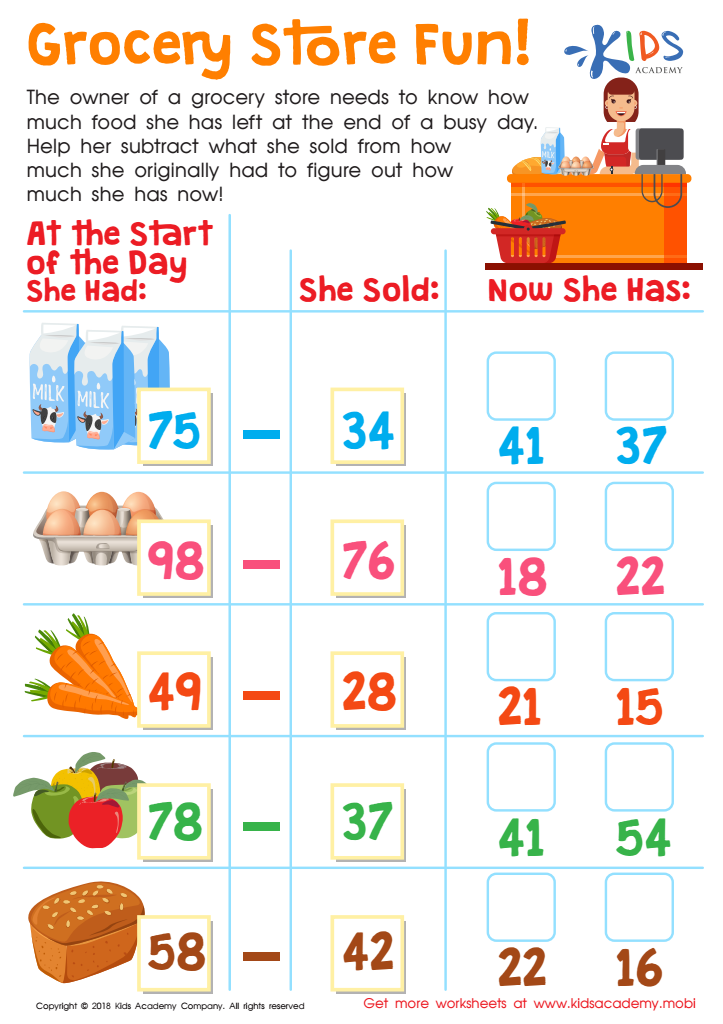

Grocery Store Fun! Worksheet
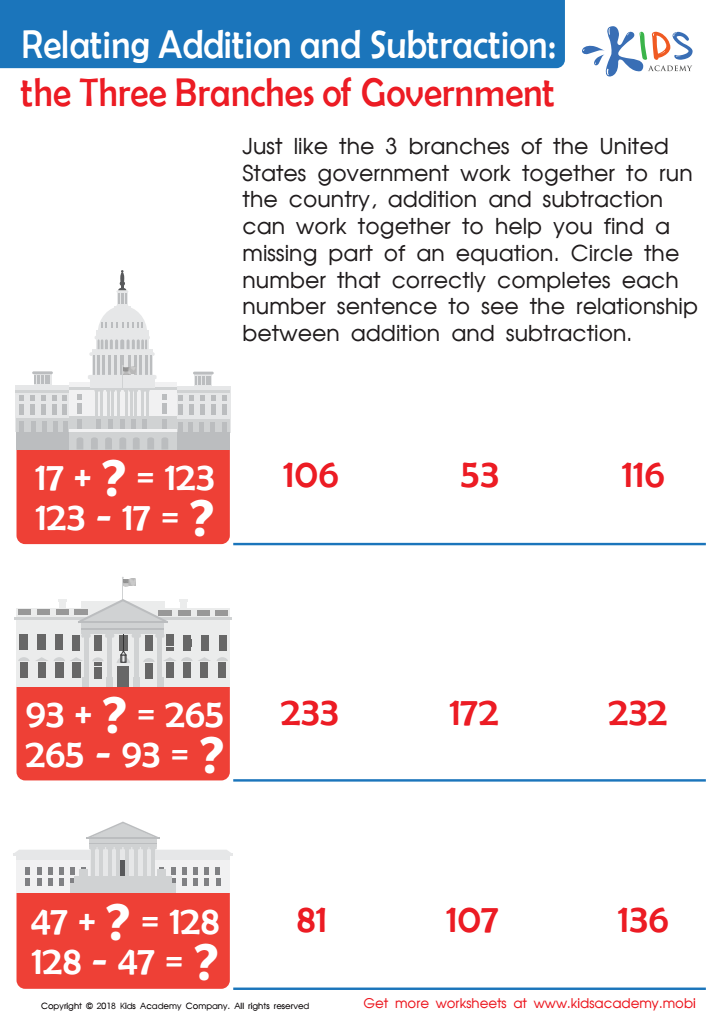

The Three Branches of Government Worksheet


Voting Worksheet
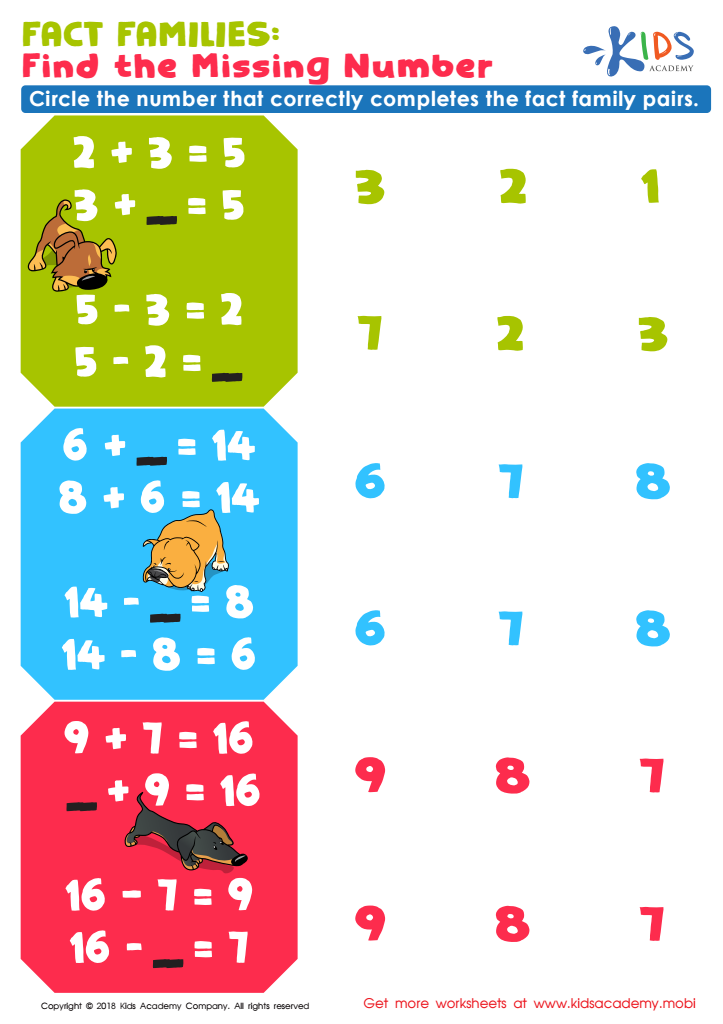

Fact Families: Find Missing Number Worksheet
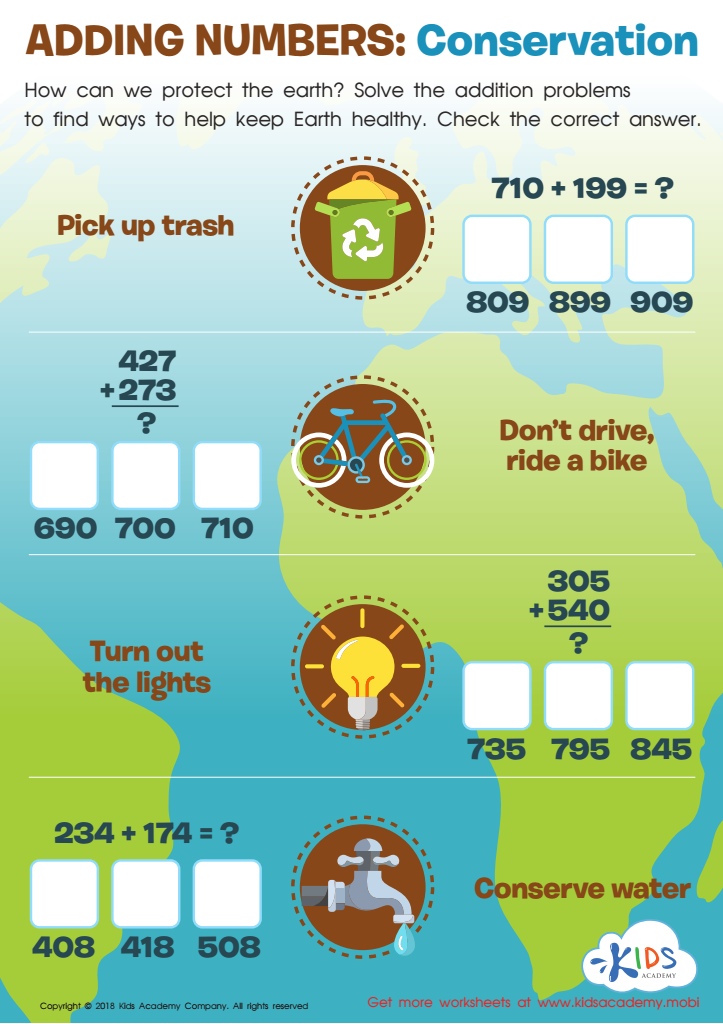

Adding Numbers: Conservation Worksheet
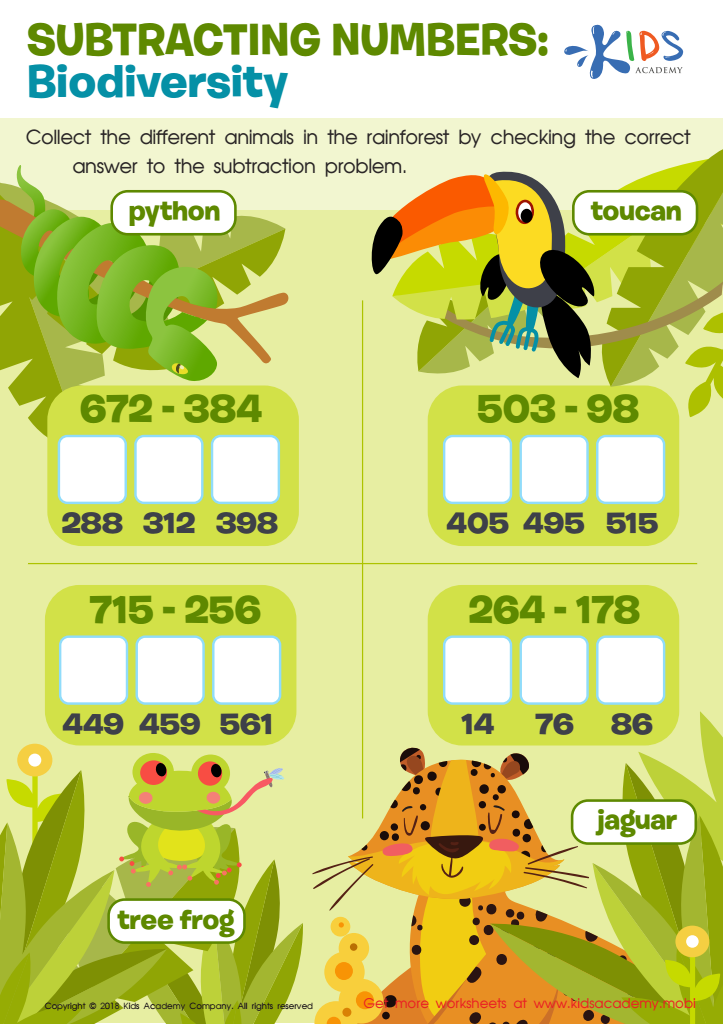

Subtracting Numbers: Biodiversity Worksheet
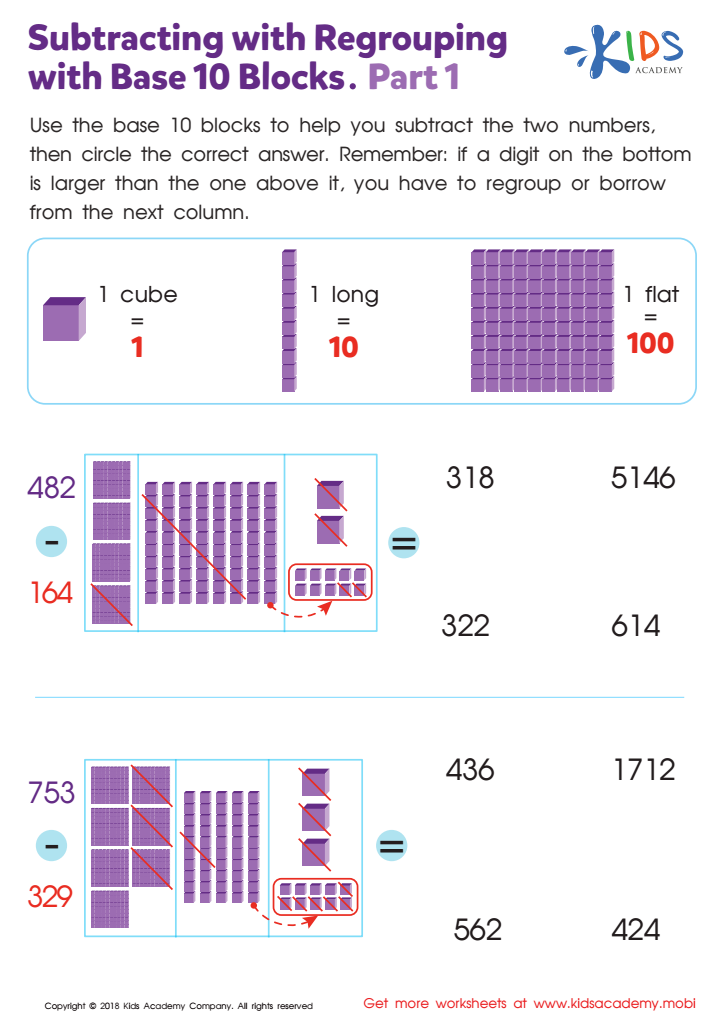

Subtracting with Regrouping with Base 10 Blocks. Part1 Worksheet
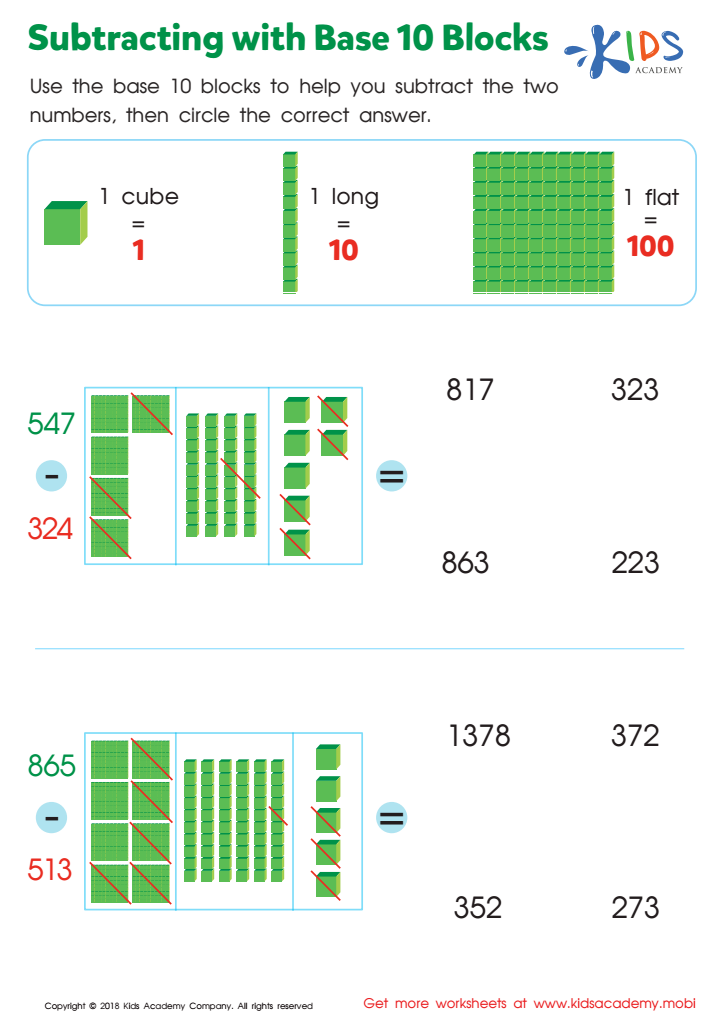

Subtracting with Base 10 Blocks Worksheet
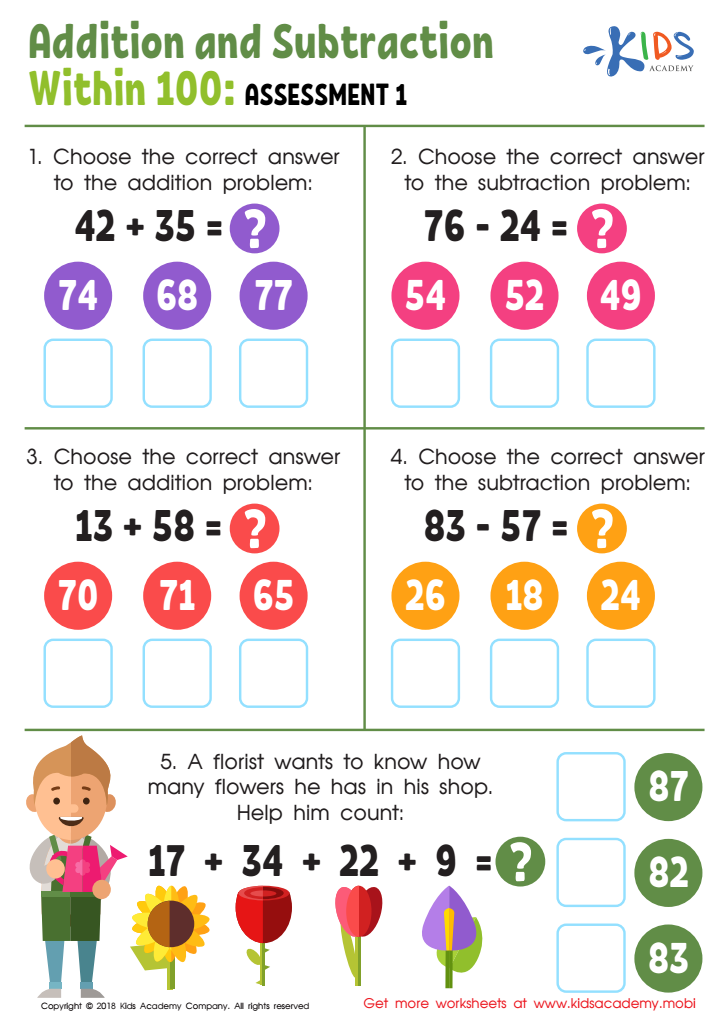

Addition and Subtraction Within 100 Worksheet
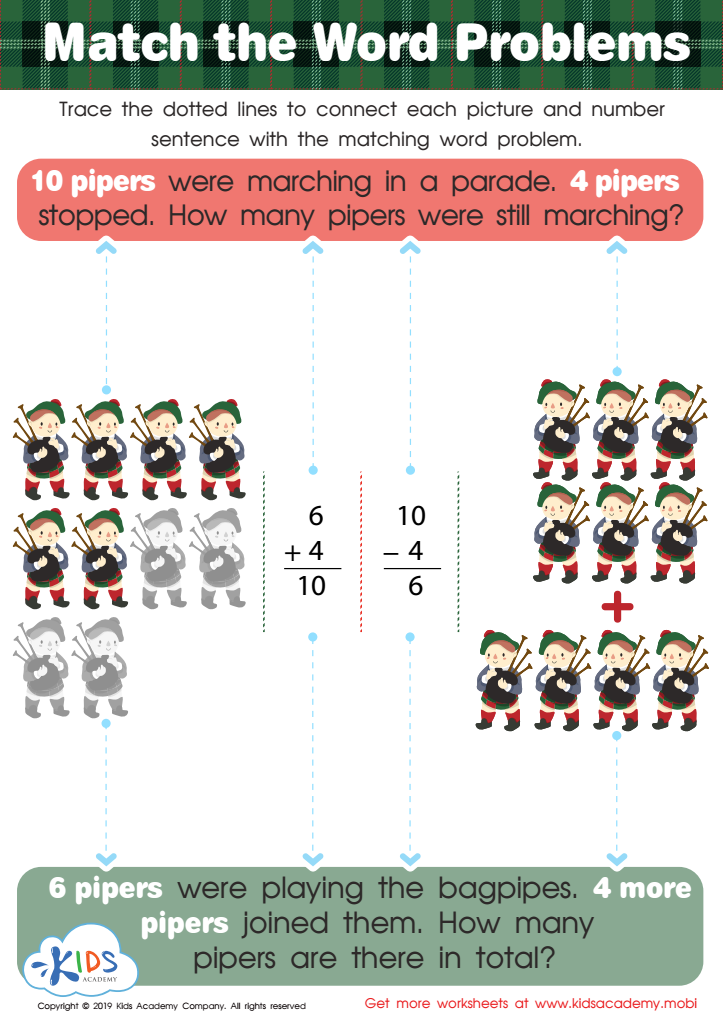

Match the Word Problems Worksheet


Counting in Your Community Worksheet
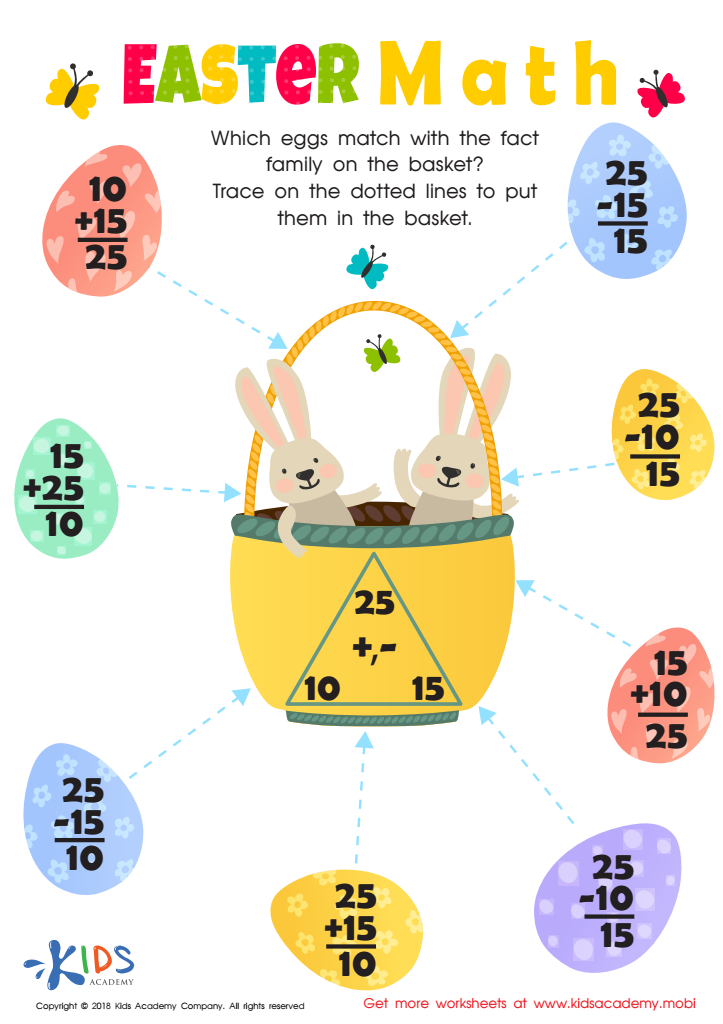

Fact Families: Easter Math Worksheet


Daisy Subtraction Quest Worksheet
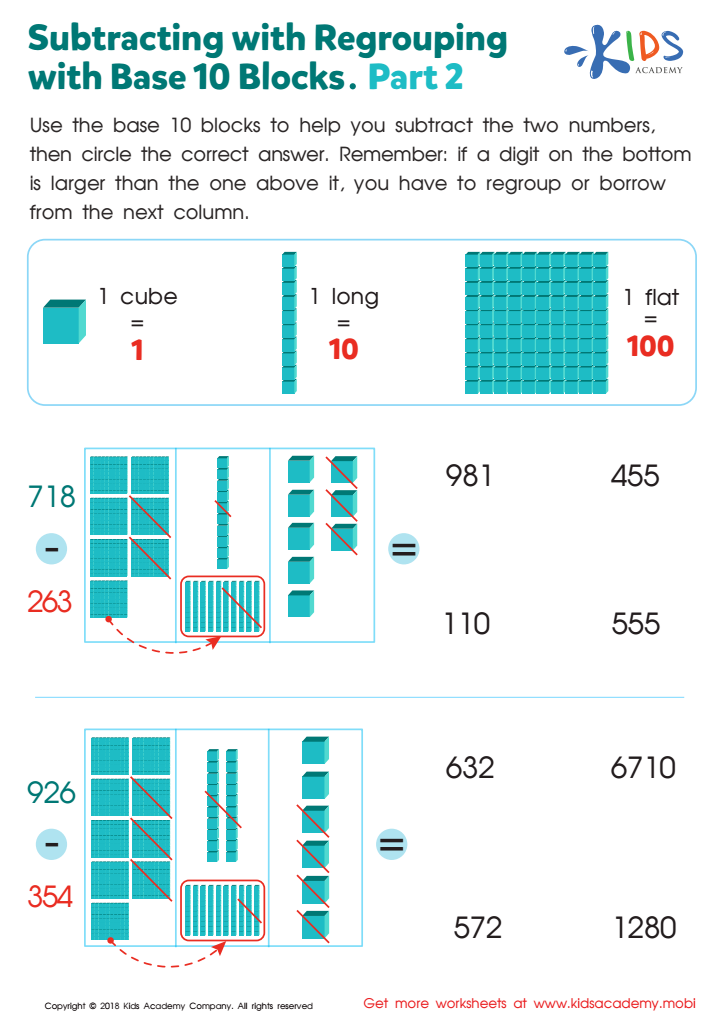

Subtracting with Regrouping with Base 10 Blocks. Part 2 Worksheet
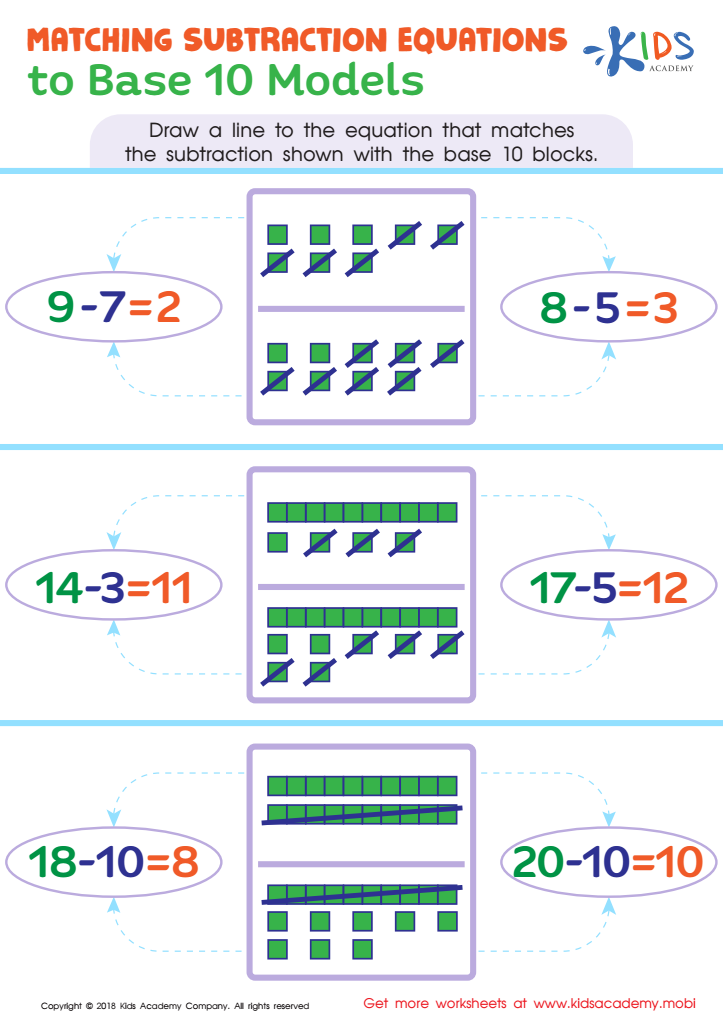

Matching Subtraction Equations To Base 10 Models Worksheet
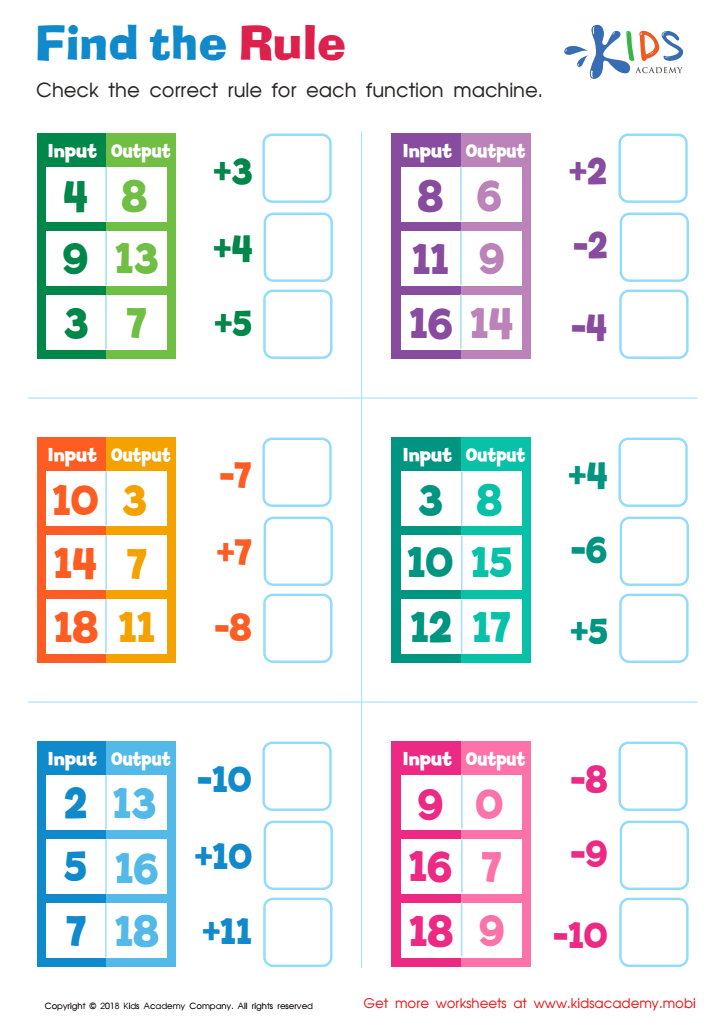

Find the Rule Worksheet
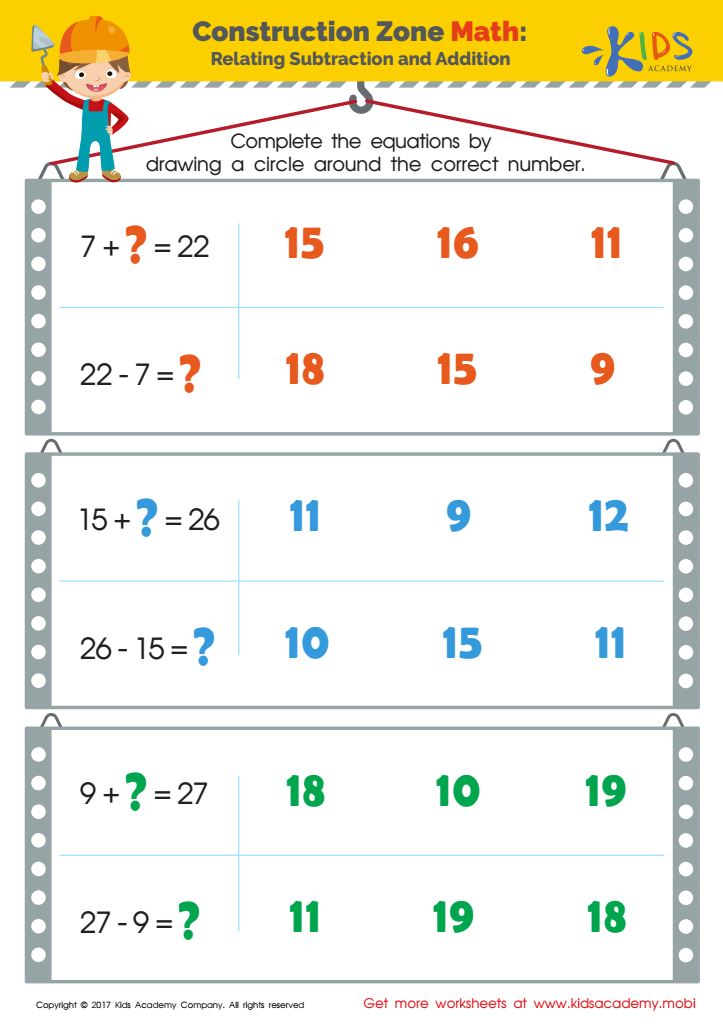

Related Addition and Subtraction Facts Worksheet
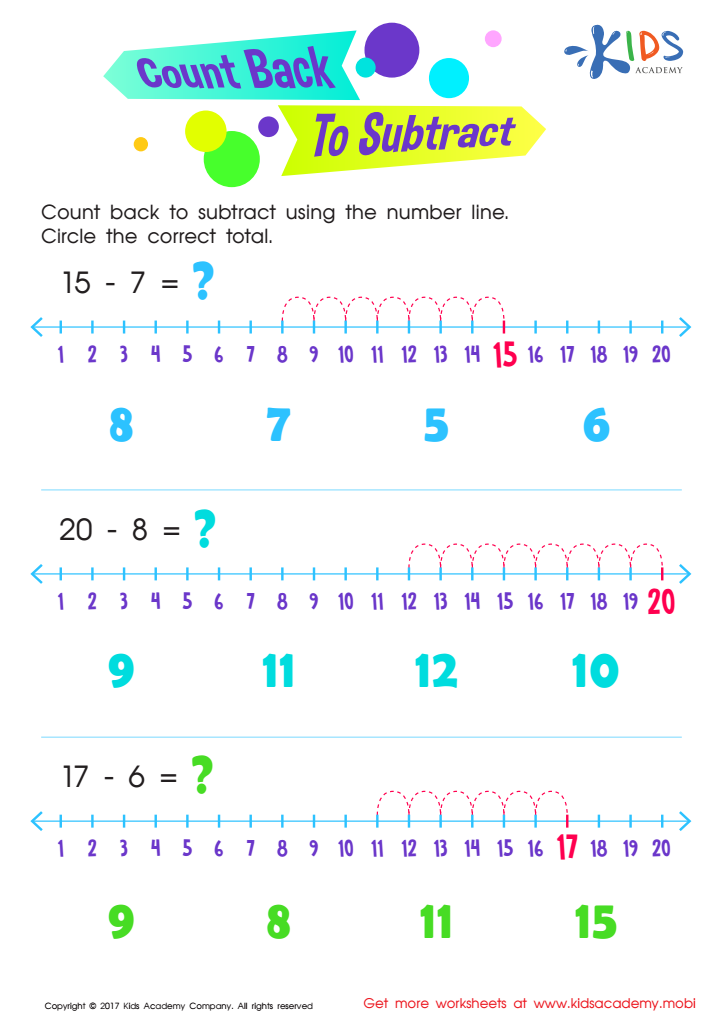

Count Back to Subtract Substraction Worksheet
Normal subtraction, often referred to as traditional subtraction, is a foundational mathematical skill that children between the ages of 7-9 need to master. This basic operation not only strengthens a child's numerical fluency but also builds confidence in problem-solving abilities. Parents and teachers should care about normal subtraction for several reasons.
Firstly, mastery of normal subtraction prepares children for more complex mathematical concepts, such as multi-digit operations and word problems, which they will encounter in later grades. Without a solid grasp of subtraction, students may struggle with advanced arithmetic and applied math in real-life situations.
Secondly, proficient subtraction enhances critical thinking and logical reasoning. When students learn to subtract, they develop analytical skills that extend beyond mathematics and into applicable life skills, fostering independence and resilience.
Additionally, understanding subtraction plays a role in developing a positive attitude towards math. When students experience success in subtraction, it can boost their self-esteem, encouraging them to tackle more challenging problems with confidence.
Lastly, engaging parents in their child's learning fosters a supportive environment, reinforcing these skills at home. By prioritizing normal subtraction, we invest in children’s overall academic success and lifelong proficiency in mathematics.
 Assign to My Students
Assign to My Students

